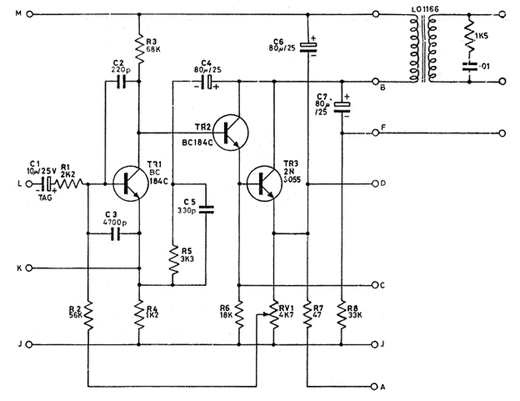user 125886
Member
- Joined
- Jun 30, 2021
- Messages
- 12
I have been studying small signal amp circuits in general. All the examples I have come across are the typical common emitter ones with the voltage divider at the beginning.
I would not even be studying these if it weren't for the classic Neve small signal circuit. I wanted to know why the neve is the only pro preamp that uses these with such amazing success.
It seems that all the other big name preamps uses either tube or discrete opamps. They both seem to have your typical transistor network like in these pictures below, except the opamps use positive/negative rails, and the neve uses the single 24V rail. Other than the transformer differences, Which one of these typologies makes for a better way to amplify a small signal? And why?


I would not even be studying these if it weren't for the classic Neve small signal circuit. I wanted to know why the neve is the only pro preamp that uses these with such amazing success.
It seems that all the other big name preamps uses either tube or discrete opamps. They both seem to have your typical transistor network like in these pictures below, except the opamps use positive/negative rails, and the neve uses the single 24V rail. Other than the transformer differences, Which one of these typologies makes for a better way to amplify a small signal? And why?







